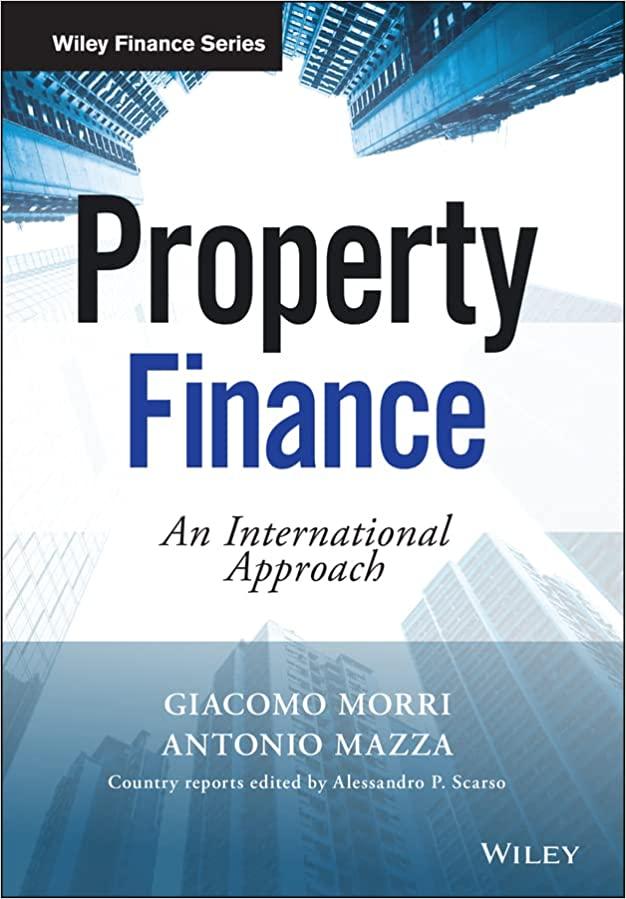Question
PART 3 ONLY Beth (26, single) is reassessing her financial position having just completed her first year of full-time work after completing her post-graduate studies.
PART 3 ONLY
Beth (26, single) is reassessing her financial position having just completed her first year of full-time work after completing her post-graduate studies. Apart from her degrees she has a HECS debt of $21,000. Beth is unsure of her after-tax pay but knows for the current financial year she earns a gross income of $62,750. She pays rent ($800 per month), car loan repayments ($400 per month, balance $8,000), phone and streaming subscriptions ($200 per month), and pays $60 per month on her outstanding credit card balance of $3,000 (Beth has the Low Fee credit card from Commonwealth Bank). The remainder of her income is spent covering all other expenses so her annual expenditure matches her after-tax income. Beths assets include $8,800 in a superannuation account, $3,500 in a savings account (an Everyday Account Smart Access account from Commonwealth Bank), and a car valued at $9,000.
Part A Assessing Financial Vulnerability (10 marks)
Beth has asked for some help managing her finances. First, shed like some numbers checked. Second, Beth would like some suggestions that would help reduce her vulnerability to financial shocks. Answer the following questions: 1. Clarify for Beth what her after-tax income should be and identify Beths effective marginal tax rate. Clearly show your calculations or how you arrived at your answer. 10%
2. What option(s) does Beth have to increase her after-tax income without earning any more income, reducing her spending, selling assets, or using more debt? Sounds like a riddle but it can be done given her circumstances! Hint: look at each element of her tax bill. Explain. (100 words max) 5%
3. How vulnerable is Beths ability to maintain her current standard of living if she were to lose her income for four months? For purposes of any calculations (i.e. ratio(s) if needed) assume her after-tax income is $48,000, not the actual number you estimated from (1). Ensure you explain the possible financial consequences for Beth given an inability to meet her spending commitments. In answering the question assume Beth has no access to external support (financial or otherwise) and is unable to access financial hardship provisions. (300 words max) 25%
4. Beth has income protection insurance in her superannuation. To what extent does this reduce her vulnerability to loss of income? (150 words max) 10%
5. Explain whether Beths liquid assets and current liabilities reflect what the text labels as debt diversification across time. Include in your answer an estimate of what her current choices (which is reflected in her current liabilities and liquid assets) either cost or benefit her over a year. Show your workings and explain. You need to be specific, i.e. investigate the specific accounts (named above) that she has her liquid assets and current liabilities in. (200 words max) 20%
6. Suggest a financial strategy for Beth that will reduce her vulnerability to financial shocks. It would be expected this includes establishing a sufficient balance of liquid assets over an appropriate timeframe and considers her existing fixed commitments and spending overall. Explain, including what specific shocks this helps her with. (300 words max) 25%
Step by Step Solution
There are 3 Steps involved in it
Step: 1

Get Instant Access to Expert-Tailored Solutions
See step-by-step solutions with expert insights and AI powered tools for academic success
Step: 2

Step: 3

Ace Your Homework with AI
Get the answers you need in no time with our AI-driven, step-by-step assistance
Get Started


